DAC Performance
The K9 has done nothing but to impress us with its features, but how about the sound? Will it live up to the high standards set by its bigger, pricier brother, the K9 Pro ESS? We’ll find out! Let’s start by evaluating the DAC performance of the unit, by switching to DAC-only mode and pairing it with my Focal Alpha 80 active monitors. Firstly, it sounds pretty close to the K9 Pro ESS. The signature feels pretty neutral, with a good amount of air and clarity. It sounds clean and clear throughout the entire spectrum. The alphas are neutral and warm, with slightly elevated bass and K9 does a great job of reflecting their true nature to the listeners’ ears.
Switching to the PRE out introduces a slight boost to the low region, making it feel a bit more dynamic but slightly less clear and tonally balanced. Price-wise Alphas retails for around a thousand euros, which is not exactly budget-y, compared to JBL’s LSRs or PreSonus’ Eris-series. The K9 does not feel like it is a bottleneck, which is particularly amazing considering it costs less than five hundred euros.
All reviews are written by taking into account the price factor, no matter how good the product is. It is pretty obvious that the price-to-performance ratio is important for all of us. The competitive pricing of all-in-one units is hard to come by, however, FiiO has managed to cut 350 USD off of the K9 Pro ESS price tag whilst retaining some of its best sonic performance aspects.
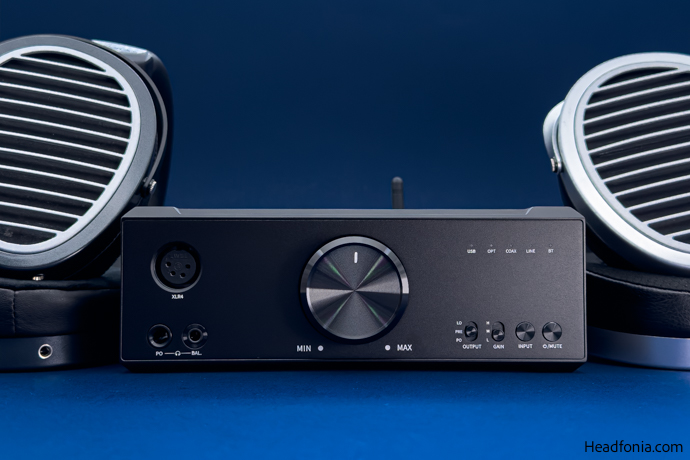
The K9’s DAC performance is pretty balanced, coherent, and clean. It is pretty much everything you could ask from a $500 USD all-in-one DAC. It features great detail-retrieval, particularly in the treble range, but if you are aiming to use clinical monitors, such as Genelecs, you might want to tread with care. The upper midrange may be too forward for some of you who like the neutral-take but don’t want to go all-in on the reference train.
For those, my go-to alternative would be the E70V from Topping, however, you will have to trade the AIO features of the FiiO K9. The DAC side of the K9 reflects the pairings as-is and it does not saturate or manipulate. It is an implementation well done. FiiO has been upping its desktop game lately and it has been a truly wonderful journey. I’ve been testing their devices since the first E-series, E09K, etc., and it is remarkable the see how far they’ve come.
DAC & AMP Performance
We found the K9 Pro ESS’s audio PCB over-engineered, to say the least. The K9 features the same architecture and the same can be said about it also. It is nice to see that FiiO is continuing this particular implementation. It uses a massive, clean power supply accompanied by a complex filter system that purifies noise, jitter, and other elements that pollute the signal. This isn’t my first experience with the premium-grade 9068AS DAC chip, and I can confidently say that the K9 is a well-implemented, well-designed, and well-made device.
As for the AMP stage, FiiO used the same THX AAA 788+ AMP modules that are present in the FiiO Q7 and Fiio R7 and most importantly K9 Pro ESS. When we switch from DAC to AMP (PO) mode and listen, it is not easy to perceive the difference between the K9 Pro ESS and the K9 straightaway, since both units offer pretty much the same, well-implemented architecture.
With the Hifiman Ananda Nano, The FiiO K9 sounds clean, detailed, and linear. It offers an excellent level of transparency, resolution, and detail retrieval. It has plenty of power to drive the Ananda Nano, with a pitch-black background and a timbre that feels accurate and precise. The PRaT and transients feel fast, agile, and snappy with good dynamism.
The lows of the K9 are balanced. Depending on the pairing, the unit is capable of delivering deep and impactful lows. Pairing it with iBasso’s SR3 results in powerful bass with a bold body. The control is excellent, the bass presence is ample, yet the bass recuperates fast. The texture and detail are also excellent.
The midrange of the K9 feels very clean throughout the entire region, especially with planar magnetic headphones and monitor IEMs like the VE7 and the Prestige LTD. The vocals are articulate and alive with plenty of details and articulacy. The signature feels accurate, clean, and neutral while the instruments, especially guitars and mid-dependent natural instruments have this impressive clarity. It does not do a great job of hiding things from you though.
If the recording is bad, you’ll hear it during the reproduction. The K9 does not feel clinical but it is not too far from there, either. The upper mids carry an ample amount of energy and air while lingering just below the ‘harsh’ threshold. Cymbals and hi-hats are snappy, and the extension is top-notch, especially with Planar magnetics.
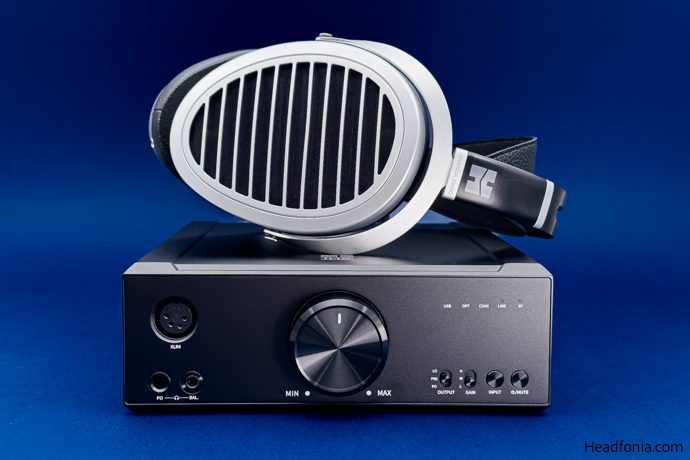
I liked the entirety of K9 Pro ESS’s treble response and I wanted to see if that is the case with the K9 also. Safe to say that the K9 too, behaves similarly. It is detailed, clean, and expansive, with a touch more energy compared to the K9 Pro ESS. I find it quite good but the level of detail may be tiring for some of the treble-sensitive audiophiles out there. Having said that, I find the reproduction life-like, as the whole treble region is detailed, airy, transparent, and immensely clean.
Technical-wise, the FiiO K9 lives up to the hype. It is one of the most technically proficient AIO devices on the market at the moment. It has a relatively wide, spacious stage where the instruments have ample air between them and can be picked easily by the listener. The depth is also good, but slightly less impressive compared to the width. The imaging is excellent, perhaps one of the best this price bracket has to offer.
Wireless Performance
The K9 utilizes the same wireless chipset and implementation as the K9 Pro ESS, using Qualcomm’s QCC5124. This chipset has garnered critical acclaim and is widely used across various devices. In our experience, it ranks as one of the most stable chipsets available. Streaming at 24-96kHz LDAC with the K9 is both simple and reliable. While the sound quality is praiseworthy, it doesn’t quite match up to a wired connection. This loss in detail is easily discernible when using a high-quality pair of IEMs or headphones.
When it comes to using the K9 with active speakers, the difference in sound quality becomes subtler and less noticeable. However, it’s important to note that the SQ is constrained by LDAC’s 990kbps cap, and many phones struggle to maintain this constant bitrate. In our tests, we successfully streamed at a consistent 990kbps, and the signal remained stable even when passing through two thick concrete walls. This suggests that the K9 offers a killer performance when it comes to the Bluetooth coverage range.
Comparisons
vs. K9 Pro ESS ($849 USD)
In previous articles, I’ve consistently stated that the K9 Pro ESS is FiiO’s crowning achievement, and I continue to hold that view. However, FiiO has now introduced another contender for that title with the K9. While the two units share more similarities than differences, this paragraph will delve into the subtle distinctions between them, focusing solely on sound quality, as we’ve already discussed features in other sections of this article.
Let me be straightforward: I spent approximately six hours comparing the K9 and the K9 Pro ESS side by side, and it was an enlightening experience. Here’s what I discovered. The low-end of the K9 Pro ESS feels slightly tighter, particularly in tracks prone to congestion. It also is a tiny bit faster. When it comes to the midrange, the K9 Pro ESS presents a more rounded and slightly more coherent sound. Its timbre feels more organic and a bit more natural compared to the K9.
This is most noticeable in the midrange section, especially with natural instruments and female vocals. On the other hand, the K9’s upper midrange offers a bit more energy and crispness, and its treble is also somewhat sharper in comparison. These differences are subtle and are not easy to discern. If you’re on a budget, you can now save $350 USD and go for the K9 without hesitation.
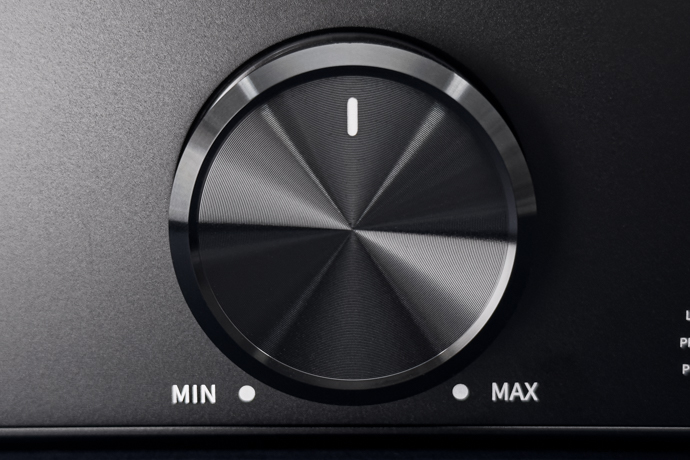
vs. K7 BT ($249 USD)
Compared to the K7 BT, priced at $249 USD, the K9 offers a significantly more comprehensive package. As I’ve mentioned before, FiiO has been elevating its desktop game, and the K7 BT is one of the standout devices in the $250 price bracket in terms of sound, build quality, and internal components. The K7 BT employs dual AKM 4493SEQ DAC chips and dual THX 788+ amp modules.
It’s approximately 2.3 kg lighter and about half the size of the K9. However, it lacks XLR4 headphone outputs and XLR3 outputs. Additionally, it uses an inferior USB chipset, the XUF208, but shares the same QCC5124 Bluetooth chipset as the K9. Both devices deliver roughly the same output at 2W at 32 ohms. The K7 BT features an external SMPS instead of a linear PSU and has a less complex audio PCB.
When you put the K7 BT up against a behemoth like the K9, it becomes clear what an extra $250 can offer you. The K9 features cleaner sound, greater control, and enhanced dynamics. Its soundstage is both wider and deeper, accompanied by more precise imaging and separation. In almost every aspect, the K9 outperforms the K7 BT. The difference in resolution is particularly noticeable when using Planar or high-performing monitor IEMs, such as the VE7.
In terms of sound signature, the K7 BT is warmer and feels more compressed, lacking the spaciousness that is a highlight of both the K9 and the K9 Pro ESS. I recommend getting the K9 if you have the space for it. It is the new budget king.
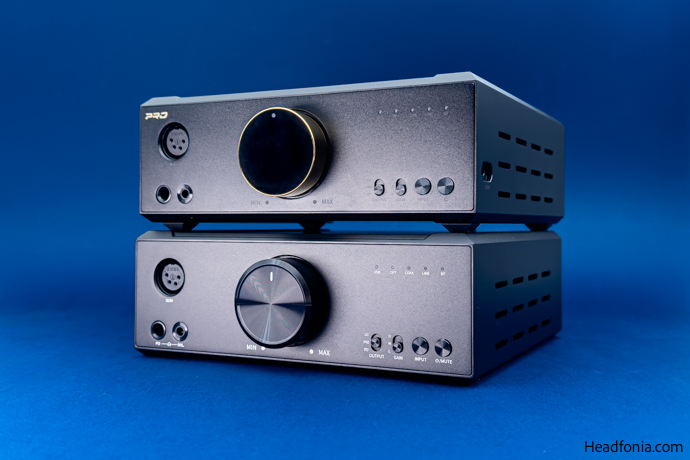
Last Words
The K9 is an exceptionally impressive DAC & AMP, and FiiO’s pricing strategy took me by surprise. While I initially expected it to be priced around the $600 mark, it actually comes with a more affordable tag of $500 and can even be found for slightly less. There are numerous reasons why FiiO has managed to create such a successful device. It’s evident that the company is reaping the benefits of the rigorous R&D efforts invested in the K9 Pro ESS.
The K9 is built upon that knowledge, and I’m thoroughly pleased to have reviewed this device. If you’re in the market for a feature-rich desktop DAC & AMP around the $500 range, I highly recommend giving the FiiO K9 a try. It’s well worth it. K9 is added to our Best Gear / Recommended Buy Guide.

Pros
+ Balanced and clean sound signature
+ Excellent price to performance ratio
+ Excellent feature-set
+ App Support
Cons
– Heavy
– Huge
Page 1: FiiO, K9, Packaging & Accessories, Design & Build Quality, Technology & Audio Circuitry, Controls & Operation
Page 2: DAC Performance, DAC & AMP Performance, Wireless Performance, Comparisons, Last Words





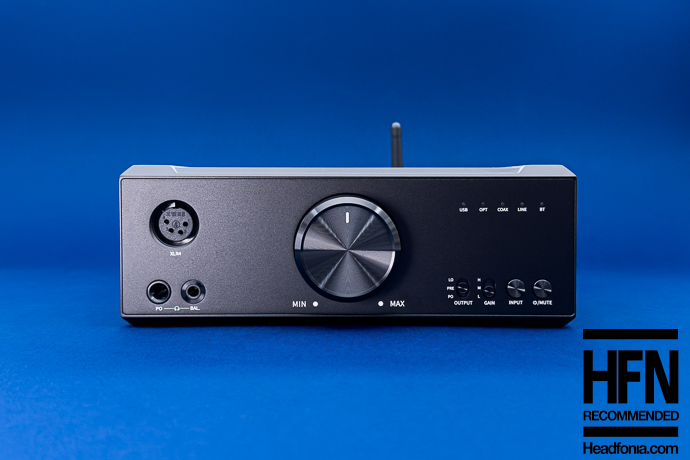
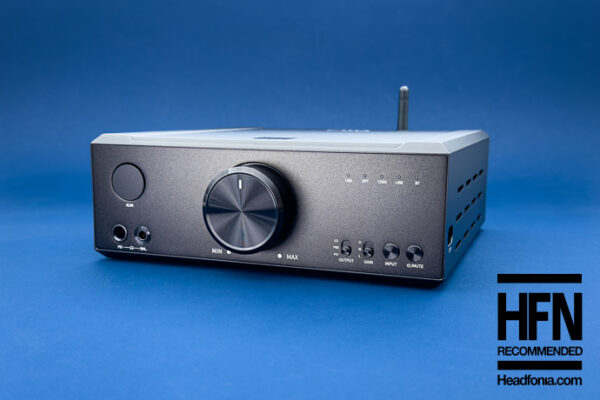
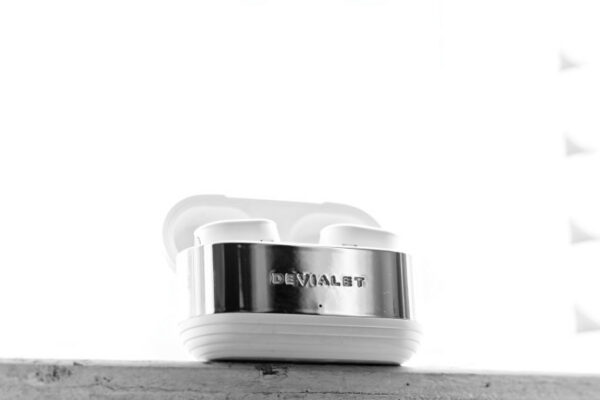
Rivelino Lira de Oliveira
The K9 linear power supply is much superior to the K7 simple power supply, the K9 power supply stands out for its good performance, but when asked if the K7 + PSU PL50 always says that the performance is little or almost nothing better that I use it with a common source, it is very strange, since a good source participates in the good sound dynamics of any device, waiting for Fiio to return with the PL50 stocks that have been out of stock for several months in the 120v version
Als8
Who is better to choose: SMSL DO400, Fiio K9 or Topping DX5?